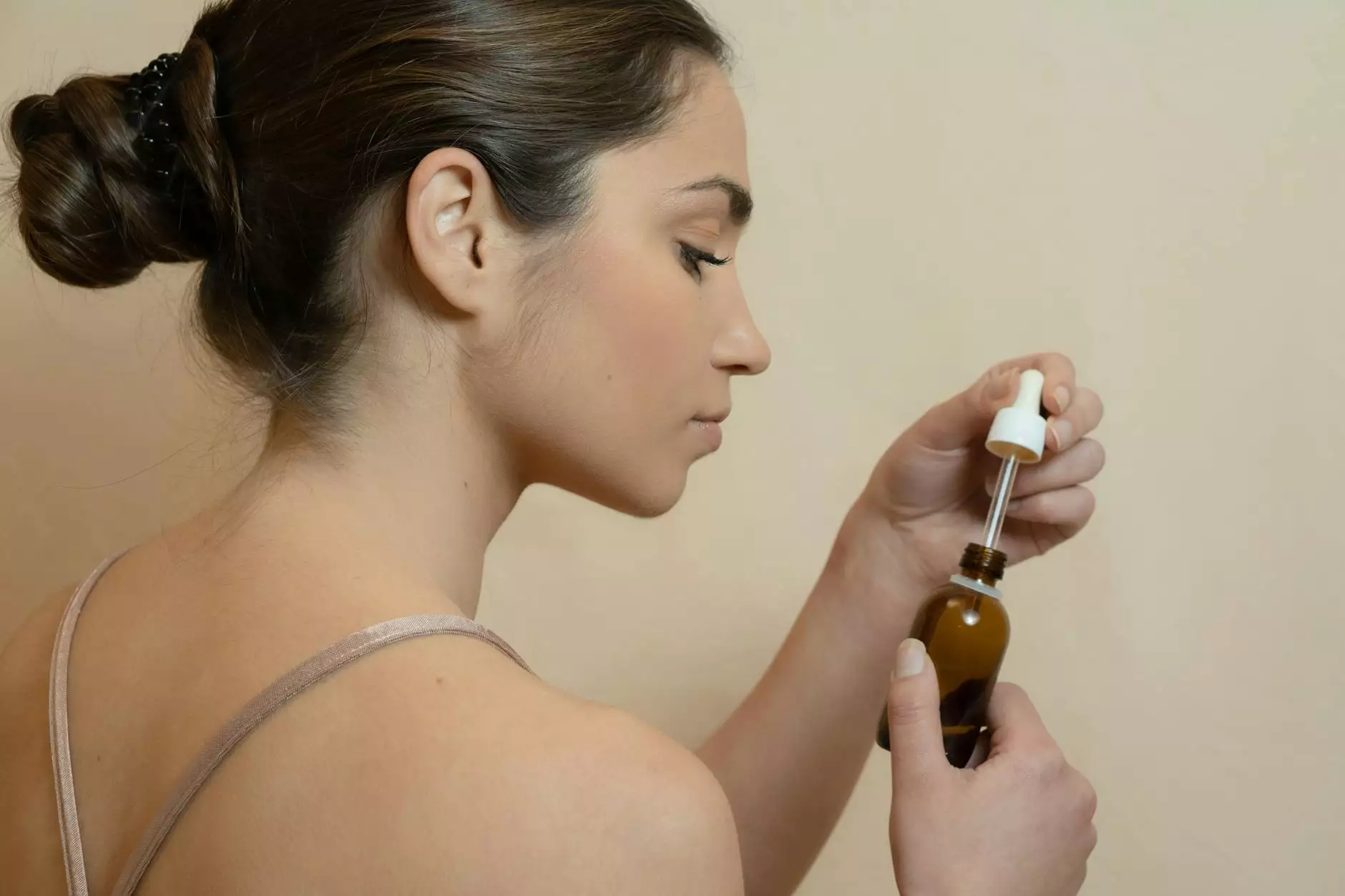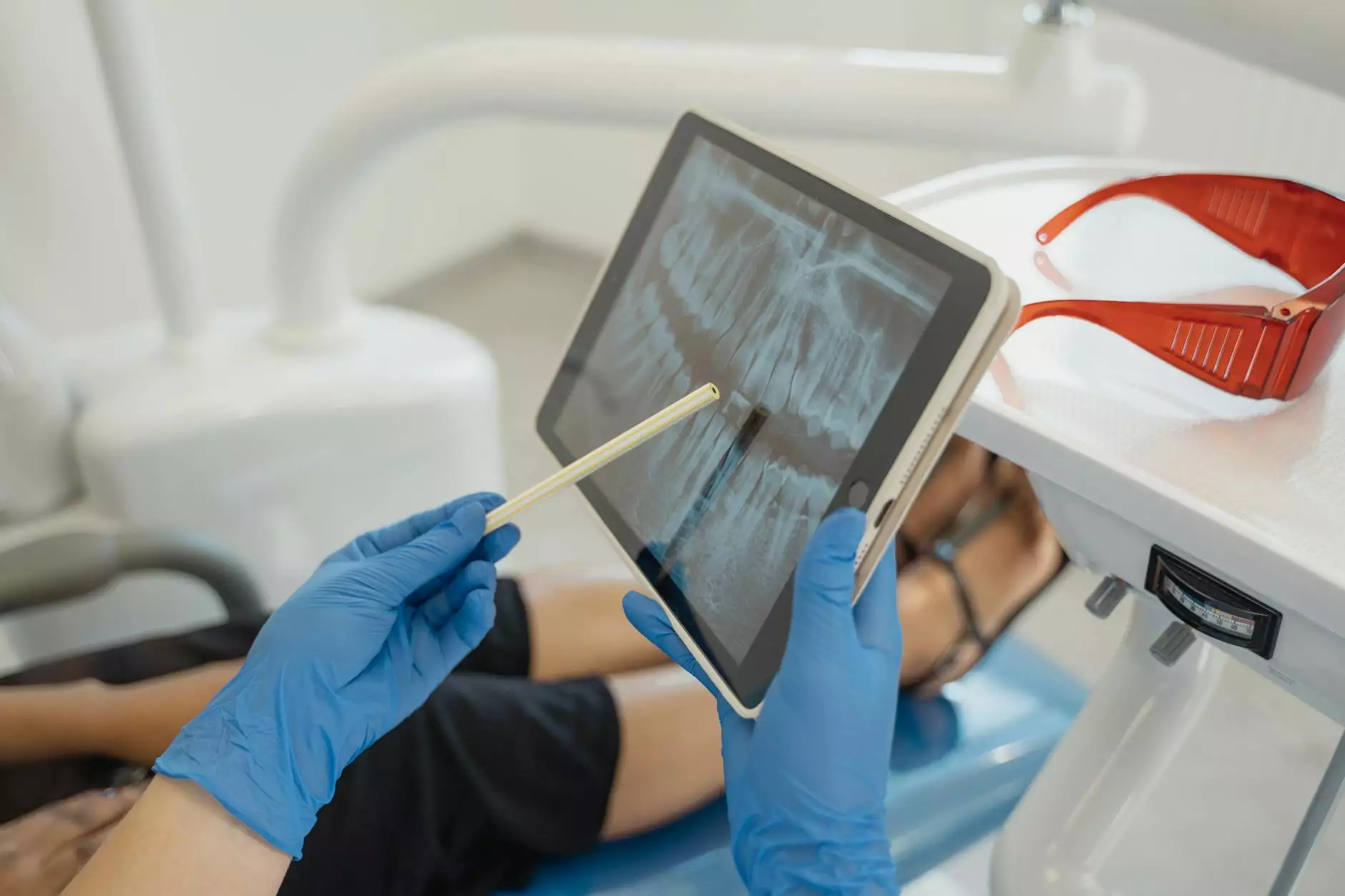Understanding Brown Spots on Legs: Causes, Treatments, and More

Brown spots on the legs can be a cosmetic concern for many individuals. While they are often harmless, they can sometimes indicate underlying health issues. In this comprehensive article, we will explore why do I have brown spots on my legs, delve into the various causes, discuss effective treatments, and help you understand when it may be necessary to consult a medical professional.
What are Brown Spots?
Brown spots, also known as hyperpigmentation or age spots, appear on the skin as localized areas of darker pigmentation. These spots may vary in size from small freckles to larger, more noticeable patches. They can occur anywhere on the body, but they are particularly common on areas that are frequently exposed to the sun, such as the legs.
Why Do I Have Brown Spots on My Legs?
The appearance of brown spots on your legs can be attributed to several causes. Understanding these causes can help you address the issue appropriately.
1. Sun Exposure
One of the most common reasons for the development of brown spots is prolonged exposure to the sun. Ultraviolet (UV) rays from the sun can cause the skin to produce more melanin, the pigment responsible for skin color. Over time, this excess melanin can lead to the formation of dark spots.
2. Aging
As we age, our skin undergoes various changes. The natural decline in collagen and elastin production, along with cumulative sun exposure, can result in brown spots. These are often referred to as age spots or liver spots and are more likely to appear on older individuals.
3. Hormonal Changes
Hormonal fluctuations, particularly during pregnancy or from the use of birth control pills, can lead to a condition known as melasma. Melasma causes brown patches and is most commonly seen on the face but can also affect the legs.
4. Skin Conditions
Certain skin conditions can also lead to brown spots. For example, conditions like eczema, psoriasis, or post-inflammatory hyperpigmentation (which can occur following an injury to the skin) may result in localized darker patches.
5. Medical Conditions
In some cases, brown spots may indicate underlying health issues. Conditions such as diabetes or liver disease can manifest as skin changes, including discoloration. It’s essential to consider these factors if you notice new spots forming.
6. Medications
Certain medications can cause skin changes as a side effect. For instance, some antibiotics, chemotherapy drugs, and hormone therapies can lead to increased pigmentation in some individuals. If you suspect your medication is causing brown spots, consult your healthcare provider.
How are Brown Spots Diagnosed?
If you are concerned about why do I have brown spots on my legs, it’s crucial to consult a healthcare professional. Diagnosis typically involves:
- Medical History: The doctor will ask about your medical history, including any previous skin conditions and family history of pigmentation disorders.
- Physical Examination: A thorough examination of the skin will help identify the nature of the spots. The doctor may also use a dermatoscope, a device that provides an enlarged view of the skin.
- Biopsy: In rare cases, a skin biopsy may be performed to rule out more serious conditions.
Treatment Options for Brown Spots
Treating brown spots depends on their cause. Here are some common approaches:
1. Topical Treatments
Over-the-counter creams containing ingredients like:
- Hydroquinone: A skin-lightening agent that reduces melanin production.
- Retinoids: These can accelerate cell turnover and fade discoloration.
- Vitamin C: An antioxidant that helps brighten the skin and improve texture.
2. Chemical Peels
Chemical peels involve applying a solution to the skin that causes it to exfoliate and eventually peel off, revealing healthier skin underneath. This can help reduce the appearance of brown spots effectively.
3. Laser Therapy
Laser treatments target hyperpigmentation without affecting surrounding skin. Different types of lasers, such as fractional lasers and intense pulsed light (IPL), can be effective in reducing brown spots.
4. Cryotherapy
Cryotherapy uses extreme cold to freeze and destroy abnormal skin cells. This method can help eliminate age spots and other forms of pigmentation.
5. Sun Protection
Preventing further sun damage is crucial. Always apply sunscreen with at least SPF 30 on exposed areas of your skin, including your legs, even on cloudy days. Wearing protective clothing can also reduce the risk of additional brown spots.
When to See a Doctor
While many brown spots are benign and age-related, you should seek medical advice if:
- The spots change in size, shape, or color.
- New spots appear rapidly.
- You experience pain, itching, or bleeding associated with the spots.
- You have a family history of melanoma or other skin cancers.
Emotional and Psychological Impact
Beyond physical health, the presence of brown spots on the legs can take a toll on one’s self-esteem. Many individuals feel self-conscious about their appearance, particularly during warmer months when wearing shorts or bathing suits is common. It's essential to address not only the physical but also the emotional aspects of having visible skin conditions.
The Importance of Maintaining Skin Health
Regardless of the presence of brown spots or any changes in your skin, maintaining overall skin health is vital. This includes:
- Hydration: Keeping your skin moisturized can improve its appearance and help with any dryness or irritation.
- Nutritious Diet: Consuming a balanced diet rich in antioxidants, vitamins, and minerals can support skin health.
- Regular Check-ups: Routine visits to a dermatologist can help catch any changes in your skin early, allowing for timely intervention.
Conclusion
Understanding why do I have brown spots on my legs is the first step towards addressing this common concern. From sun exposure to hormonal changes and beyond, myriad factors can contribute to the appearance of brown spots. While most are harmless, it’s always wise to seek medical advice if you notice changes in your skin. Effective treatments are available, and with the right care, you can maintain a healthy and youthful appearance.
For expert advice and treatment options for vascular health, consider consulting professionals at Truffles Vein Specialists. Their dedicated team can provide personalized solutions tailored to your needs.









